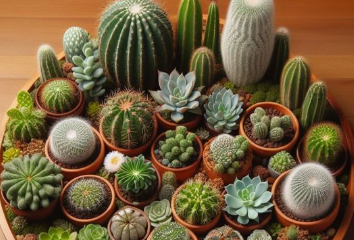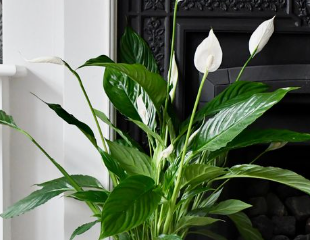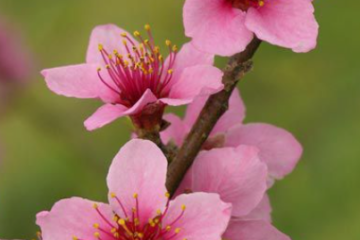Breathe Easy: Transforming Your Home with Air-Purifying Plants
In our quest for healthier living spaces, we often overlook one of the simplest and most effective solutions: indoor plants. Beyond their aesthetic appeal and mood-boosting properties, many houseplants have the remarkable ability to purify the air we breathe. Incorporating air-purifying plants into your home can significantly improve indoor air quality by removing toxins and releasing oxygen. Let’s explore the top air-purifying plants and discover how they can help create a fresher, cleaner environment in your home.
Why Choose Air-Purifying Plants?
1. Improved Air Quality: Indoor air can be more polluted than outdoor air due to the presence of volatile organic compounds (VOCs) emitted by household products and materials. Air-purifying plants absorb these harmful chemicals through their leaves and roots, breaking them down and neutralizing them.
2. Enhanced Well-Being: Clean air contributes to better respiratory health, reduced stress, and improved overall well-being. Plants also increase humidity levels, which can help alleviate respiratory issues and dry skin, especially during winter months.
3. Natural Decor: Air-purifying plants add a natural touch to your home decor. Their greenery and unique forms can enhance the visual appeal of any room, creating a serene and inviting atmosphere.
Top Air-Purifying Plants
1. Spider Plant (Chlorophytum comosum): Spider plants are known for their ability to remove formaldehyde and xylene from the air. They thrive in bright, indirect light but can also tolerate low light conditions. With their arching leaves and baby “spiderettes,” they are both attractive and easy to care for.
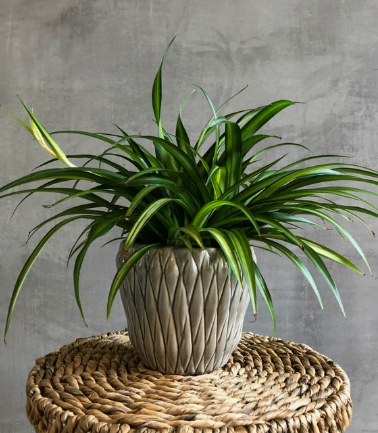
2. Peace Lily (Spathiphyllum): Peace lilies are excellent at removing toxins such as benzene, formaldehyde, and trichloroethylene. They prefer low to moderate light and need to be kept in consistently moist soil. Their elegant white blooms and lush foliage make them a popular choice for any indoor space.
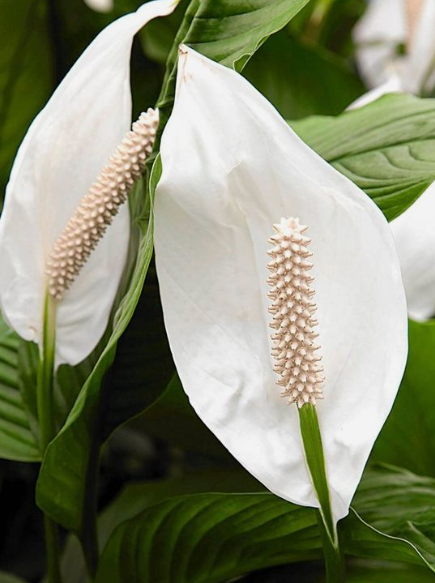
3. Snake Plant (Sansevieria trifasciata): The snake plant, also known as mother-in-law’s tongue, is highly effective at filtering out formaldehyde, benzene, and other toxins. It can tolerate low light and infrequent watering, making it an ideal plant for busy individuals or low-light environments.
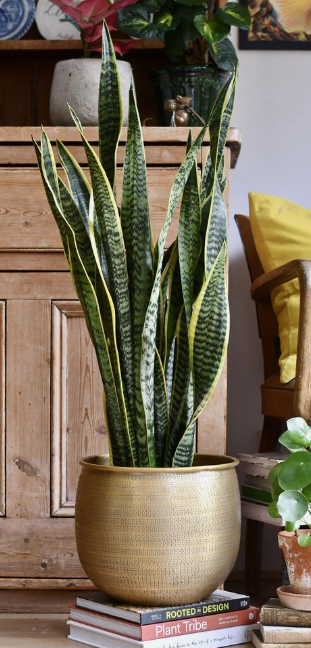
4. Boston Fern (Nephrolepis exaltata): Boston ferns are great at removing formaldehyde and xylene from the air. They prefer high humidity and indirect light, making them well-suited for bathrooms or kitchens. Regular misting will help keep their fronds lush and vibrant.

5. Aloe Vera (Aloe barbadensis miller): Aloe vera is not only known for its medicinal properties but also for its air-purifying abilities. It helps to clear formaldehyde and benzene from the air. Aloe vera thrives in bright, indirect sunlight and requires minimal watering.
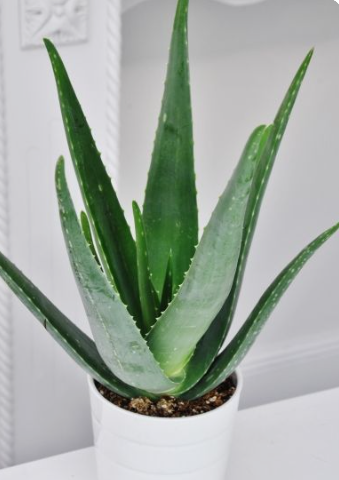
6. English Ivy (Hedera helix): English ivy is effective at removing formaldehyde and benzene. It prefers moderate light and slightly moist soil. Its trailing vines can be trained to climb or hang, making it a versatile addition to any room.
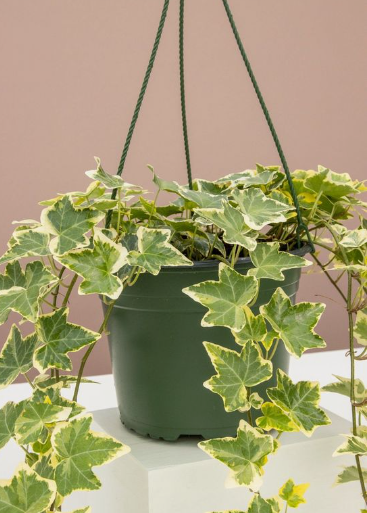
Tips for Maximizing Air Purification
1. Use Multiple Plants: For optimal air purification, use multiple plants in different rooms. NASA’s Clean Air Study suggests that having at least one plant per 100 square feet can significantly improve air quality.
2. Proper Placement: Place plants in areas where air circulation is good and where they can receive the appropriate amount of light. Avoid placing them in drafts or near heating and cooling vents.
3. Regular Maintenance: Keep your plants healthy by providing the right amount of water, light, and nutrients. Regularly dust the leaves to ensure they can efficiently absorb pollutants and perform photosynthesis.
4. Potting and Soil: Use well-draining soil and appropriate pot sizes to prevent root rot. Consider using pots with drainage holes and saucers to catch excess water.
Conclusion
Air-purifying plants are a natural and effective way to improve indoor air quality, enhance your well-being, and beautify your living space. By incorporating plants like spider plants, peace lilies, and snake plants into your home, you can enjoy cleaner, fresher air and a more vibrant environment. With minimal care and attention, these green companions can transform your home into a healthy, serene sanctuary. Embrace the power of air-purifying plants and breathe easy knowing your home is a cleaner, greener place.

